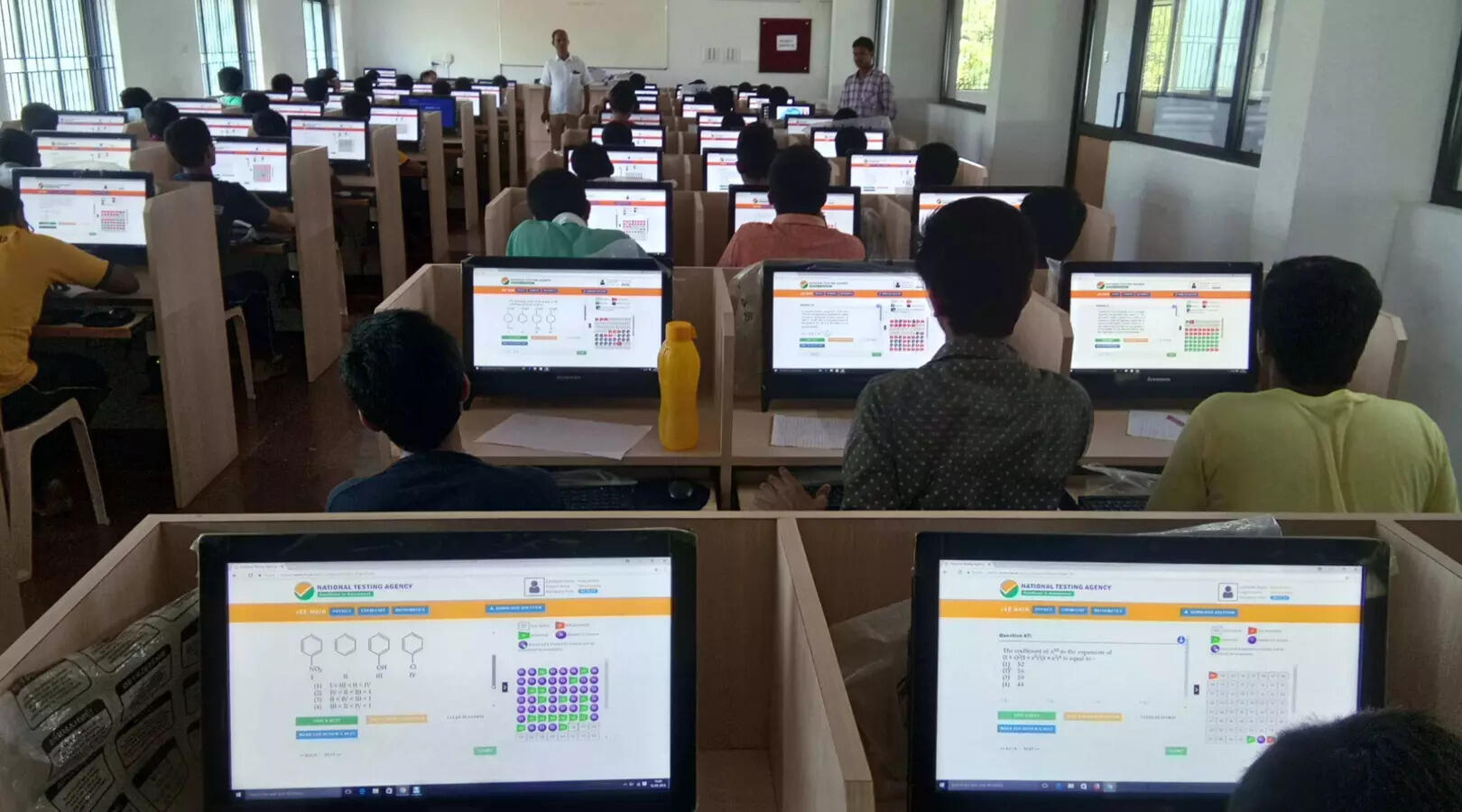
New Delhi: Sixty-six per cent of road traffic deaths in Southeast Asia are of pedestrians, motorised two-wheeler riders and cyclists while the highest traffic fatalities in India are among two- and three-wheeler riders, according to the latest WHO report. The “WHO South-East Asia Regional Status Report on Road Safety” was launched during “Safety 2024”, the 15th World Conference on Injury Prevention and Safety Promotion, 2024.
According to the World Health Organization (WHO), globally, 30 per cent of reported road traffic deaths involved users of powered two- and three-wheelers.
Occupants of four-wheeled vehicles make up 25 per cent of the deaths and pedestrians account for 21 per cent. Cyclists represent 5 per cent of the deaths. The remaining 20 per cent include occupants of large vehicles, heavy goods vehicles, and other or unknown user types.
“In the WHO Southeast Asia Region, the share of reported road traffic deaths is 46 per cent for users of powered two- and three-wheelers, 12 per cent for occupants of four-wheeled vehicles, 17 per cent for pedestrians, 3 per cent for cyclists and 22 per cent for others. In all these countries, vulnerable road users (pedestrians, motorised two-wheeler users and bicyclists) constitute 66 per cent of the total reported road traffic deaths,” the report said.
“Drivers or riders of two and three-wheelers constitute the highest proportion among all road user categories in India (45.1 per cent), Maldives (100 per cent), Myanmar (47 per cent) and Thailand (51.4 per cent),” it added.
The WHO noted that no country in the South Asian region had achieved the target of reducing its estimated road traffic deaths by 50 per cent.
However, considerable reduction in the WHO’s estimated road traffic deaths occurred in the Maldives and Thailand, where estimated road traffic deaths decreased by 46.2 per cent and 41.7 per cent, respectively.
On the contrary, reported road traffic deaths in the region increased by 15 per cent in the 2010-2021 period. At the country level, no member state of the Southeast Asia Region with more than 10 million population has reported a decrease in road traffic deaths during this period.
“However, it should be noted that the reported number of road traffic deaths in Thailand reduced by 22.9 per cent between 2016 and 2021. The estimated road traffic deaths too increased in Bangladesh, India and Nepal during the period 2010-2021 by 23 per cent, 2 per cent and 25 per cent, respectively,” the report said.
Etienne Krug, director of the WHO’s Department for Social Determinants of Health, said road traffic crashes were a major crisis of the 21st century.
“…a large proportion of people who die in road crashes are those who cannot afford to buy a car. This is urgent time to take action. The report reveals that the crisis is huge but we need to understand and act with determination that prevention is possible and needs strict enforcement,” he said.
The three-day conference is being hosted by the Indian Institute of Technology (IIT), Delhi; George Institute for Global Health in collaboration with the All India Institute for Medical Sciences (AIIMS), National Institute of Mental Health and Neuro Sciences (NIMHANS) and co-sponsored by WHO.
“To reduce inequities, we must acknowledge that injuries disproportionately impact vulnerable communities — because we are far behind in addressing real problems with real solutions. Lived experience shows how policy shapes differential exposure, risk, and outcomes, underscoring the urgent need for change,” said Jagnoor Jagnoor, head of injury division at George Institute for Global Health.
During the conference, the international experts are uniting with a shared goal of “building a safer future for all: Equitable and sustainable strategies for injury and violence prevention”.
The conference will focus on five key themes — improving coordination and collaboration among stakeholders, strengthening capacity for research and practice, integrating injury prevention with global health agendas such as sustainability and equity, empowering communities, and promoting informed policymaking.











![Best Weight Loss Supplements [2022-23] New Reports!](https://technologytangle.com/wp-content/uploads/2022/12/p1-1170962-1670840878.png)




